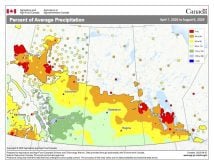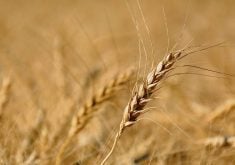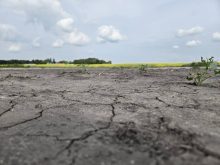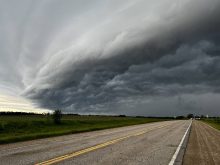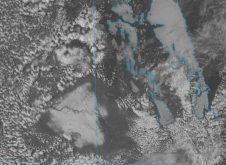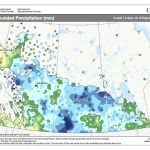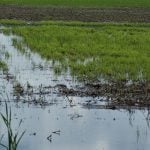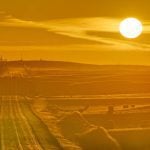Ayear ago we had just gone through one of the nicest, warmest Marches in recent memory. Everyone was worried about the dry conditions and there was plenty of talk about possible drought for the upcoming growing season.
This year, our weather story has taken a full 180-degree turn. This March was far from warm, and instead of worrying about drought, the talk is all about last summer’s rains and the recent heavy snows. So I guess the big question is whether the remainder of the spring and summer will match our cool start to the spring, or since we are opposite of last year’s weather, will we see a spring and summer opposite to last year?
Read Also
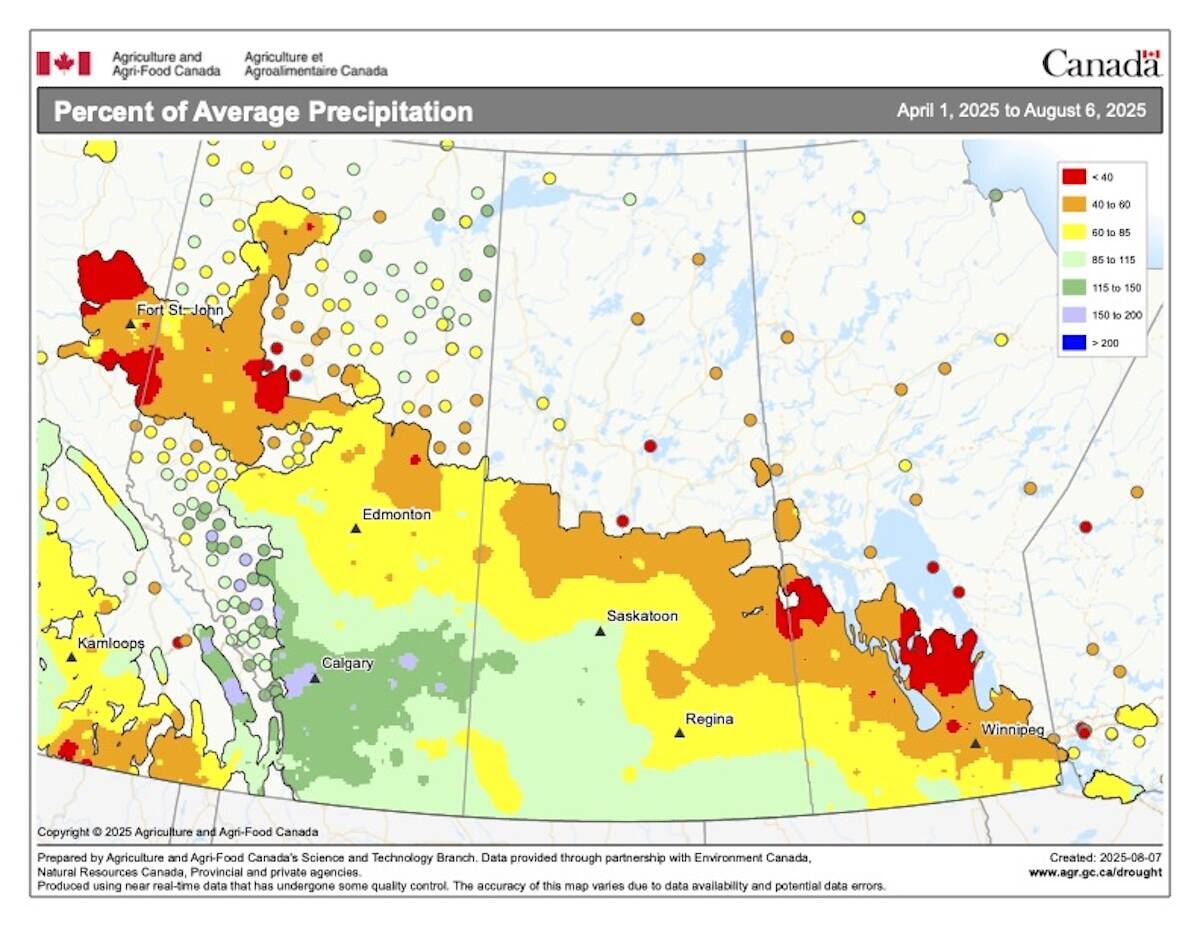
Heatwaves and upper highs
Weather expert Daniel Bezte looks at heat waves and the climate factors that lead to extended periods of high heat in the Prairies.
Looking back at March, I would say for most of the Prairies we could sum up the weather by saying it was cold and dry. The month started off very cold, with most regions seeing overnight lows in the -25 to -30 C range. Daytime highs were not much better, with most places struggling to make it to the -10 C mark. If we look at the whole Prairies, the city that recorded the coldest temperatures compared to average was Edmonton, which was 6.4 C below average. Saskatoon was the next coldest, coming in 5.3 C below average.
The southern parts of Alberta didn’t fare much better, with the Calgary region recording a mean monthly temperature that was 4.2 C below average.
In Manitoba, the Winnipeg region was the warm spot across the Prairies with a mean monthly temperature that was 2.5 C below the long-term average. So no matter which way you look at it, March 2011 was a cold month!
Precipitation across the Prairies in March was a little more varied. The Edmonton region, which was the cold spot, saw average precipitation during the month. Farther south in the Calgary region, precipitation came in slightly above average. As we move east, conditions dried out rapidly. In Saskatchewan, both Regina and Saskatoon were well below average, with both seeing less than three mm of water-equivalent precipitation during the month. In Manitoba, conditions became wetter as you moved from west to east. The Brandon area saw near-average precipitation during March while the Winnipeg region saw well-above-average amounts.
Thisyear,ourweather storyhastakenafull 180-degreeturn.
Forecasts
What does this cold start mean for the rest of spring and the early part of summer? Before we take a look at that, we need to look back to see which of the long-range forecasts were able to correctly predict March’s weather. Both theOld Farmers Almanacand theCanadian Farmers Almanachad called for near-to above-average temperatures which did not materialize anywhere across the Prairies. They also both predicted below-average precipitation which was correct for Saskatchewan but not for Alberta or for Manitoba. Environment Canada was able to do a better job compared to the almanacs, with a call for below-average temperatures and near-average precipitation over northern regions, and above-average amounts in the extreme southern parts of the Prairies. Finally, yours truly had followed EC’s lead and also called for colder-than-average temperatures, but broke away from EC a little bit on precipitation, with a general call for near-to below-average amounts. So depending on where you are, either Environment Canada had the best prediction, or my forecast was the best.
Looking ahead to April, May and June, theOld Farmers Almanacis calling for much colder-than-average temperatures during April, which will slowly moderate to near average by June. Precipitation during the three months, according to them, will be near average. TheCanadian Farmers Almanac appears to be calling for near-average temperatures during April and the early part of May. They then mention hot conditions during the second half of May, and these warmer-than- average conditions look to spill into June. Their precipitation forecast looks to be calling for near-to above-average amounts as they mention unsettled conditions several times during this period and mention the chance for heavy thunderstorms late in April and again late in May.
Over at Environment Canada they are calling for below-average temperatures across all of the agricultural Prairies with near-average temperatures over the far-eastern parts of Manitoba. These colder-than-average temperatures are then expected to continue into May and June. The precipitation forecast from EC is calling for below-average amounts over Alberta and southern Saskatchewan. Near-average amounts are forecast for western Manitoba and central Saskatchewan, and above-average amounts over central and eastern Manitoba, and the northern portion of Saskatchewan.
Finally, my forecast for the next three months is honestly, pretty much a crapshoot! There is no definite long-range pattern to base a forecast on and it looks like we are currently undergoing a shift in the weather pattern that we saw controlling our weather over the last year or so. So going simply on gut feeling and little things I see here and there, I feel that spring will start off cold and wet and will then start to transition into warm, dry conditions as we move towards June.
As I always say, only time will tell, but it sure would be nice to have perfect spring and summer weather this year. Exactly what kind of weather that is, I will leave to you.



